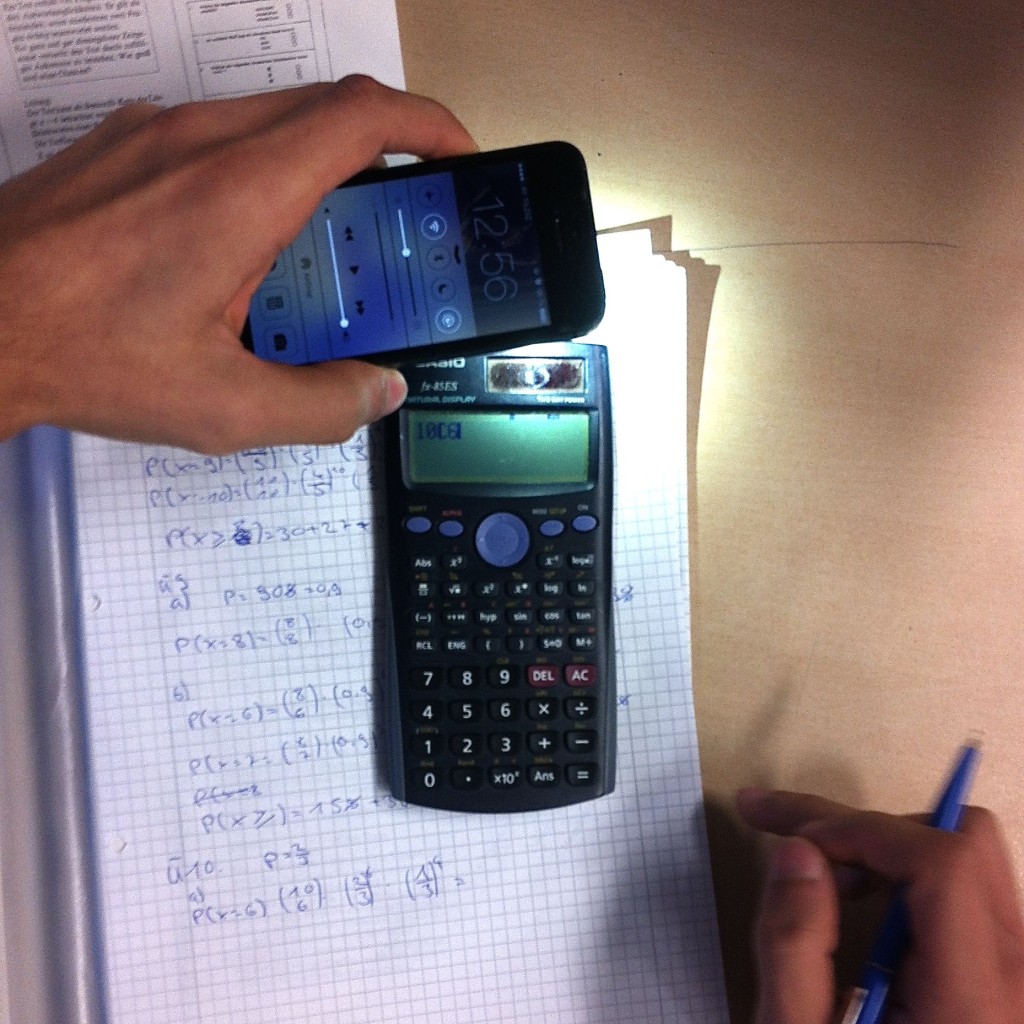
An ingenious example of technology integration in the classroom (Berlin, 2014).

An ingenious example of technology integration in the classroom (Berlin, 2014).
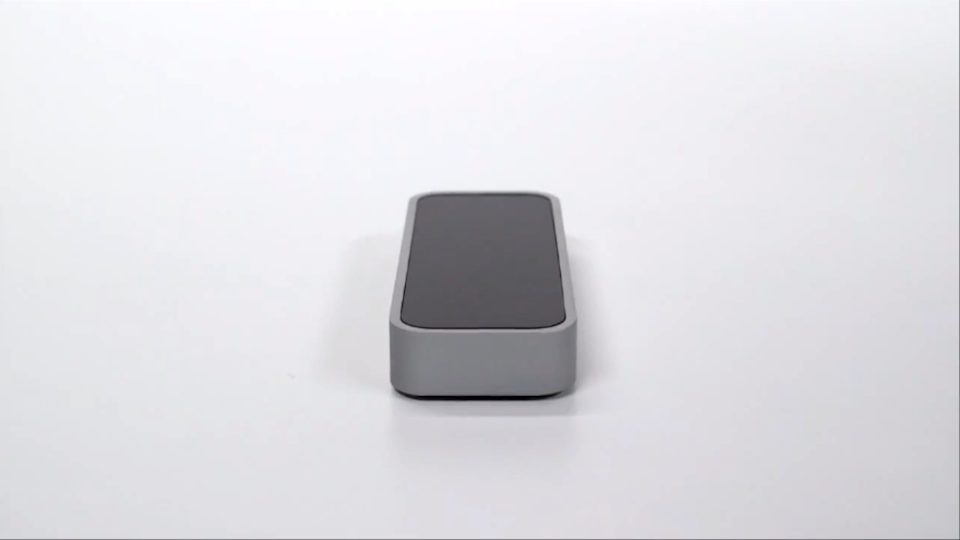
With the Leap Motion controller, 3D gesture control is on its way to your desktop in the very near future. You can already pre-order one now ($69.99), sales should start this winter.
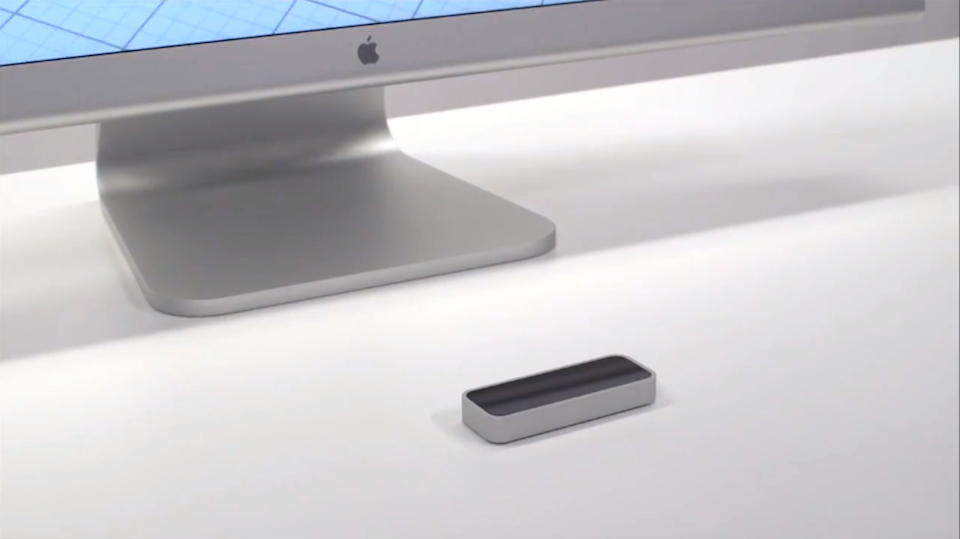
From 2D to 3D finger control
While touchscreens have brought the ability to directly and intuitively control devices with nuanced finger movements in 2 dimensions, Leap Motion takes this fine-tuned gesture control ability to the next dimension. It will most likely change the way people control their laptops and desktop computers in the near future. You can think of the Leap as a kind of Microsoft’s Kinect controller, but way more accurate. According to the developers the Leap is 200 times more sensitive than existing technologies at a fraction of the price. Watch this stunning video to see the Leap Motion controller in action working smoothly with some well-known applications. I will pre-order my Leap right now.
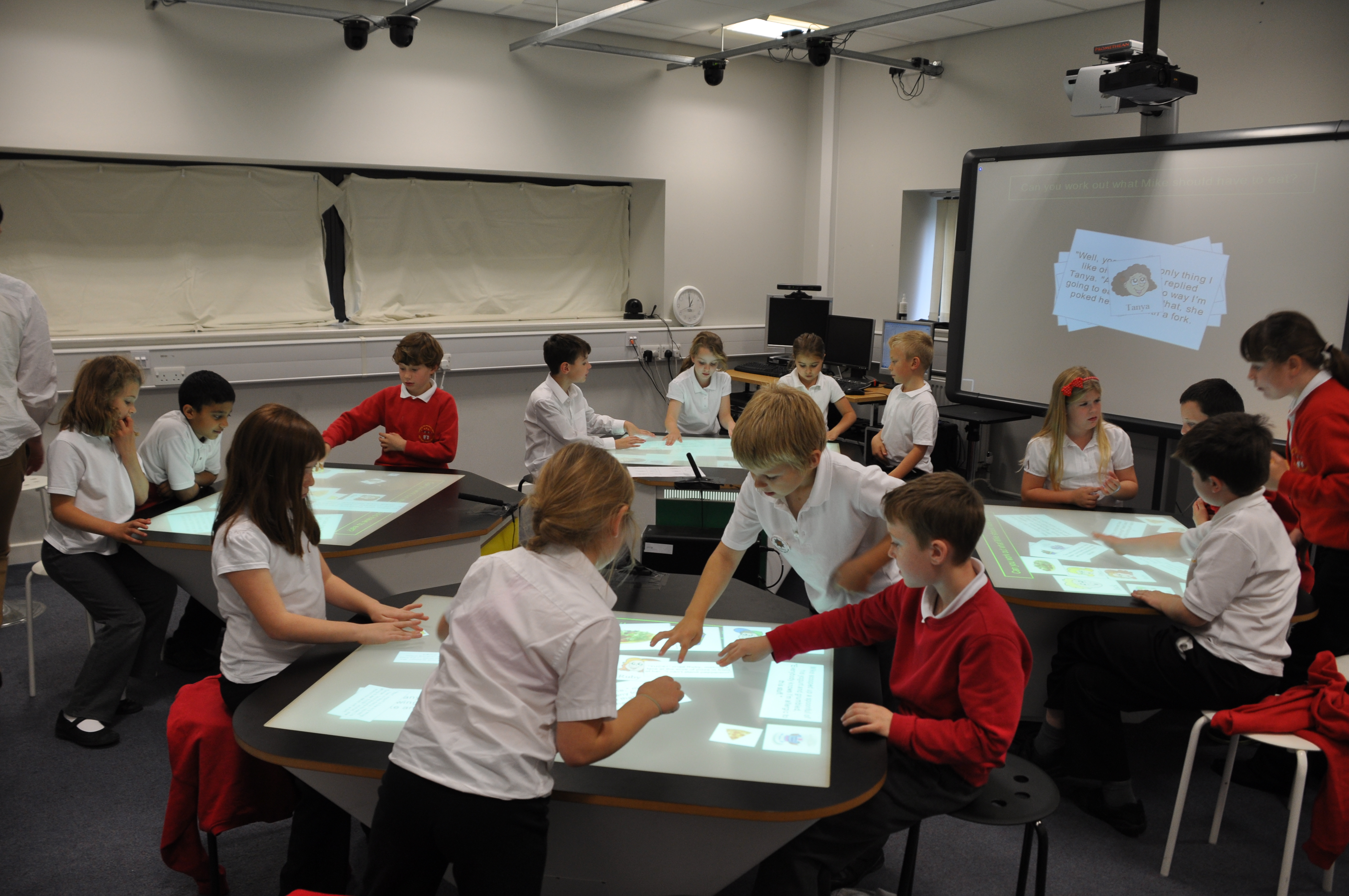
Multi-touch tables or ‘multi-user smart desks’ have been trialled in a three-year research project at Durham. More than 400 pupils and their teachers tested the new design for the classroom of the future, nick-named the ‘Star Trek classroom’. The researchers of the University’s Technology-Enhanced Learning Research Group (TEL) designed new learning environments using interactive multi-touch desks that look and act like a furniture version of an iPad. Could that be a design for the ‘classroom of the future’? A recent research paper suggests that this new classroom design supports the learners’ collaboration and interaction.
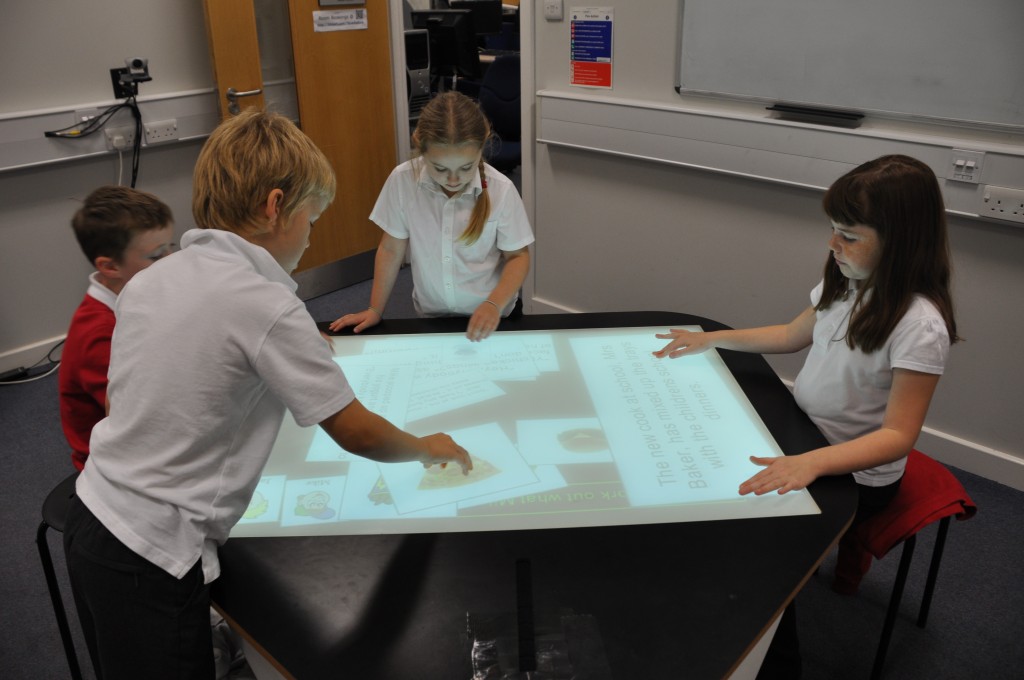
TEL’s interactive classroom solution is called SynergyNet. It is designed to achieve active student engagement and learning by sharing, problem-solving and creating. To test the new design TEL learning experts compare the achievement to groups performing the same task in a standard or paper-based versions.
For their latest research paper TEL looked at small groups of 10- to 11-year-old children who undertook a history task. They had to connect various pieces of information about a mining accident to reach a consensus about who had been responsible. Their interaction using traditional paper-based resources was compared with their interaction when using a multi-touch table. The researchers found that the design and capabilities of the multi-touch technology offers some key features that supported the collaboration and interaction of the participants, particularly in the early stages of the task.
The TEL learning experts based their research and design on the simple principle that seeing what your friends are doing, and being able to fully participate in group activities, offers new and effective ways of working in class. The new classroom system means that the ‘move-to-use’ whiteboard is replaced by and connected to the new desks that can be both screen and keyboard. TEL also conducted a first pilot study enabling teachers to use the Kinect to run the SynergyNet classroom.
Even though SynergyNet’s design for the classroom of the future is still in its early stages, this new vision of the classroom is a promising, engaging approach to put technology in the learning equation.
You can also find the SynergyNet project and software on the Google code repository: https://synergynet.googlecode.com. If you’re interested in developing with SynergyNet read this article by TEL team member James McNaughton.
All images (c) Synergynet
 Scratch is a visual programming language designed for learning and education. As learners create and share projects in Scratch, they develop important design and problem-solving skills, think creatively, reason systematically, and work collaboratively. Scratch is used in many different settings: schools, museums, community centers, and homes – or even in introductory computer science classes in higher education, for example in Harvard’s edX-course CS50. That’s how I discovered this great project by MIT media lab’s lifelong kindergarten, and I was really impressed seeing the learning and teaching opportunities of Scratch in action.
Scratch is a visual programming language designed for learning and education. As learners create and share projects in Scratch, they develop important design and problem-solving skills, think creatively, reason systematically, and work collaboratively. Scratch is used in many different settings: schools, museums, community centers, and homes – or even in introductory computer science classes in higher education, for example in Harvard’s edX-course CS50. That’s how I discovered this great project by MIT media lab’s lifelong kindergarten, and I was really impressed seeing the learning and teaching opportunities of Scratch in action.
Download Scratch and give it a try. It’s really easy and fun to learn!
This is a must see video on the future of education and it will definitely put a smile on your face. The Khan Academy is known for the comprehensive video library that its founder Salman Khan started creating during his hedge fund days to help out his younger cousins with algebra.
Thanks to recent funding from the Bill and Melinda Gates Foundation and Google, the Khan Academy now builds software and tools for teachers and students in the classroom, too. Khan’s aim is to humanize the classroom trough technology in order to enable self paced learning.
What started out as a few algebra videos has grown to over 2,100 videos and 100 self-paced exercises ranging from arithmetic to physics, finance, and history. Just give it a try!